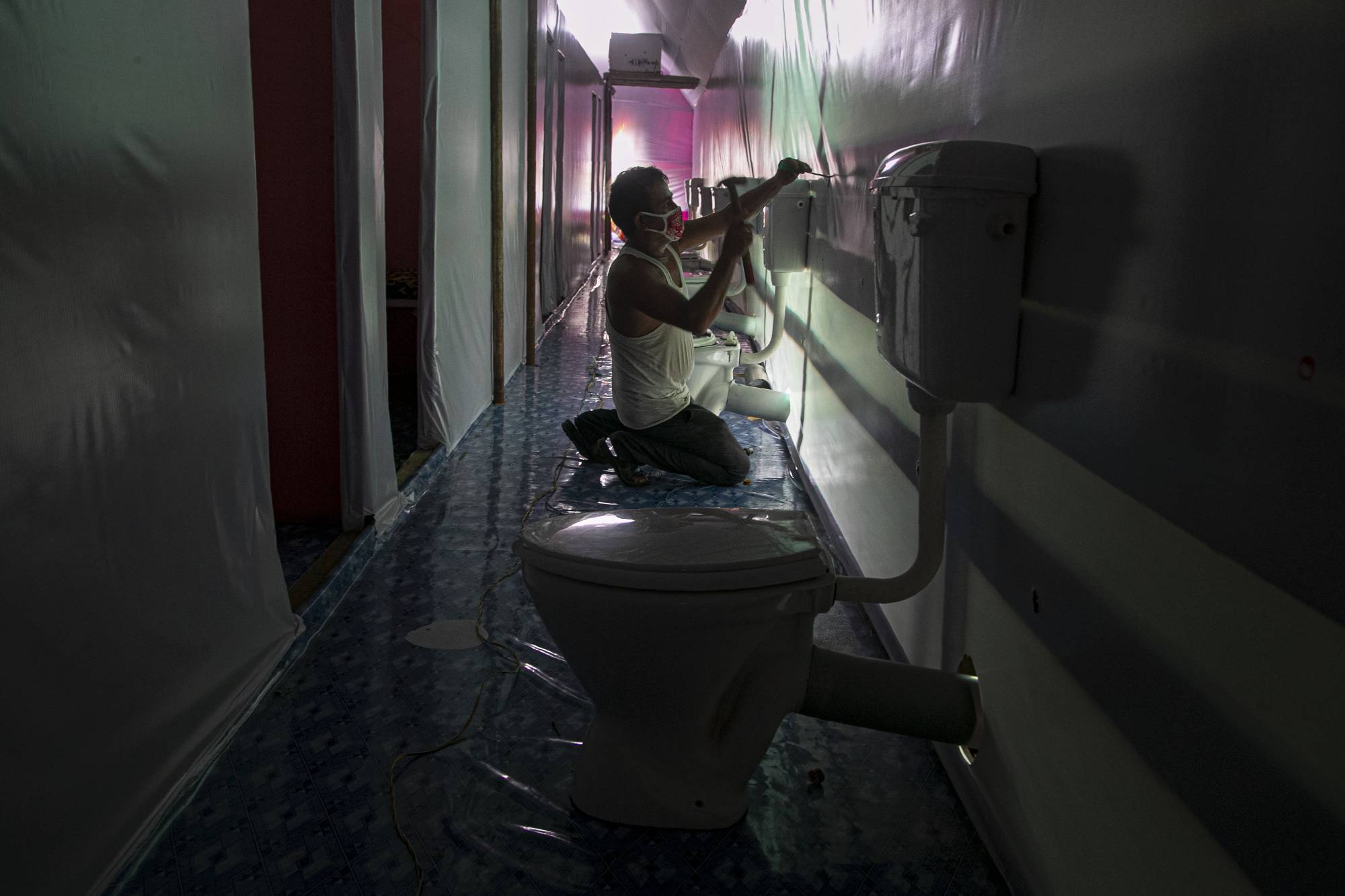The discovery of the coronavirus in the bathroom of an unoccupied apartment in Guangzhou, China, suggests the airborne pathogen may have wafted upwards through drain pipes, an echo of a large SARS outbreak in Hong Kong 17 years ago.
Traces of SARS-CoV-2 were detected in February on the sink, faucet and shower handle of a long-vacant apartment, researchers at the Chinese Center for Disease Control and Prevention said in a study published this month in Environment International. The contaminated bathroom was directly above the home of five people confirmed a week earlier to have COVID-19.
The scientists conducted "an on-site tracer simulation experiment” to see whether the virus could be spread through waste pipes via tiny airborne particles that can be created by the force of a toilet flush. They found such particles, called aerosols, in bathrooms 10 and 12 levels above the COVID-19 cases. Two cases were confirmed on each of those floors in early February, raising concern that SARS-CoV-2-laden particles from stool had drifted into their homes via plumbing.

















With your current subscription plan you can comment on stories. However, before writing your first comment, please create a display name in the Profile section of your subscriber account page.